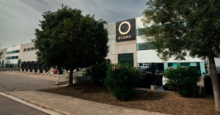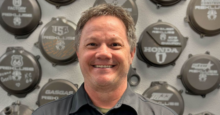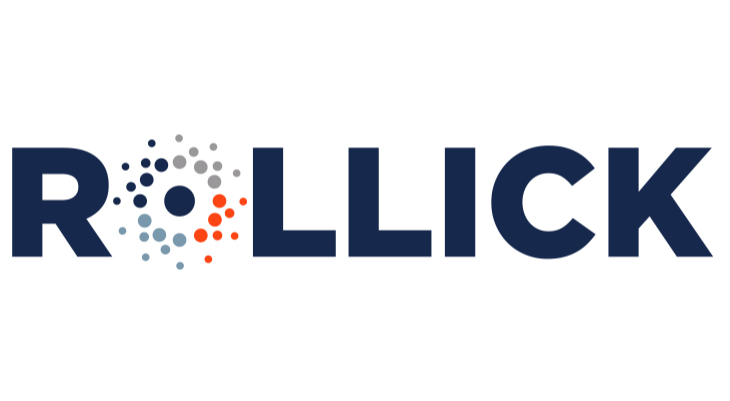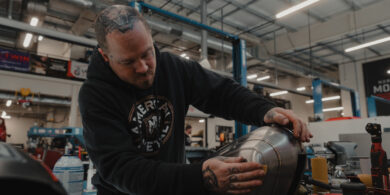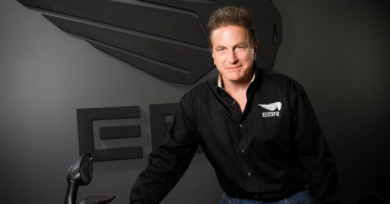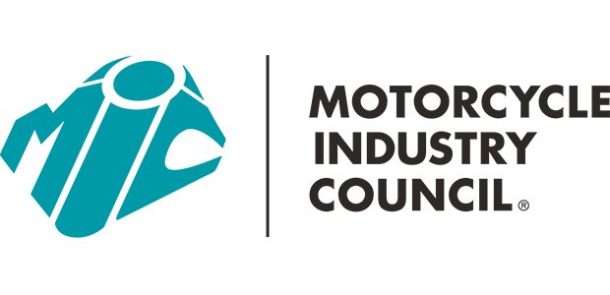Heavy snow, healthy sales for HMK
Oregon brand HMK aiming for bright future
Snowmobile manufacturers have made massive strides in the last decade. And the apparel worn by snowmobile riders also has come a long way in terms of style and technology in recent years. A market that was once dominated by checkered flag patterns and terrifically loud designs, today’s snow gear looks nothing like it did back in the 1990s.
A handful of gear companies have led this evolution with improved features and materials, which have increased the average price of key apparel items like jackets, bibs and boots. At the same time, bold patterns and manufacturer-dominated color schemes have faded away to more OEM-neutral colors and styles that are clearly influenced by the ski and snowboard markets.
With an owner who hails from the snowboard industry, Oregon-based HMK USA has become a mid-priced style leader with youthful gear that appeals to athletes, racers and younger riders in the snowmobile industry.
Powersports Business spoke with Kirk Zack, president and founder of HMK, about the lingering effects of bad winters, the challenges of overseas manufacturing, the Klim-Polaris merger and his company’s efforts to transform the appearance of snowmobilers across the globe.
Snowboard pioneer
Before moving to the Pacific Northwest and starting HMK (originally known as HP Boots) in 1999, Zack lived in the Upper Midwest and was one of the early adopters who exposed skiers and resorts to the up-and-coming sport of snowboarding.
He started as a snowboard athlete, but soon found himself working for a pair of snowboard startups. Through his work in the snowboard biz, often requiring snowmobiles to reach the best powder, Zack realized that there were no decent high-end boots for snowmobilers.

During a fateful trip to the 4th-annual Winter X Games in Mount Snow, Vt., he spoke with many snowmobile athletes who were wearing snowboard-specific boots on their machines. After some market research, he created his first Highmark boot prototype and pitched it to Polaris. Alas, the OEM declined the offer, telling him nobody would pay more than $100 for a pair of boots.
Zack says that rejection was the best thing that could have happened, as it was the impetus for he and his wife, Sherie, to start a company that has now been growing steadily and shifting perceptions of the snowmobile gear market for nearly 15 years.
Changing the guard
Like many entrepreneurs, being told his idea wouldn’t work only added fuel to Zack’s fire.
“They were right,” he said of Polaris. “You can’t sell a boot for $100 — you can sell one from anywhere from $150 to $400 if you give people a quality product.”
That mindset — and his background in the style-conscious ski and snowboard industries — has continued to guide HMK as the company has grown and expanded its global manufacturing empire over its 14-year history.
Today the company makes helmets, jackets, bibs, gloves, boots, gear bags, backpacks and more, all set apart by bright colors — lime green, baby blue, blaze orange, plaid and urban camouflage — that have pushed the envelope in snowmobile apparel design. The company also offers more traditional, muted colors like the always-popular black, but has made its mark by selling some of the most vivid gear the market has ever seen.
HMK’s bright, bold colors wouldn’t be considered ultra radical in other industries, but they made a big splash in the more traditional snowmobile industry.

“The snocross racers immediately embraced what we were doing,” he said. “They understood exactly where we were at and we took technology from the snowboard and ski industry and said, ‘Why can’t we apply this to what we’re doing here?’”
As the median age of snowmobilers has increased in recent years, Zack focused his company’s efforts on attracting a younger, more adventurous crowd. He added that being bold has helped bring HMK to the forefront of snowmobile brands, and its gear can be seen brightening the horizon at snowmobile gatherings at races or trailside pit stops.
A lean approach
Stealing a page from Nike and its lean manufacturing approach — outsourcing manufacturing and certain secondary functions — the bulk of HMK’s manufacturing occurs in China, Taiwan and Vietnam, with some minor functions in North America. The company contracts out its legal and accounting services, as well as supervision of its overseas manufacturing lines, keeping the company’s core group of full-time employees to just five in a small office in Hood River, Ore.
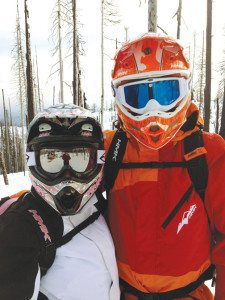
“From the snowboard industry, I learned a long time ago the appearance that we all want to have of a big, powerful, super-cool building,” Zack said. “Don’t get me wrong, that’s important, but I think profit is more important.”
As manufacturing costs steadily increase in China, the company shifted work to Vietnam after the Chinese government shuttered one of its primary factories. With the rising costs of labor, materials, petroleum and transportation, Zack said margins for its products, which often have a two- or three-year lifecycle, typically decline from the moment they’re introduced.
While HMK does sell products directly, the bulk of its business is through dealerships and distributors, allowing its products to be combined with other snow gear products to make a more powerful, affordable package for dealers.
(Even) brighter future
After a pair of challenging winters, culminating in the largely snow-less winter of 2011-12 that dealt a lingering body blow to the North American snowmobile industry, HMK’s pre-orders for the 2013-14 winter season are up 30 percent. The increase bodes well for the company’s finances, as this past year was the company’s first without year-over-year growth. Optimistic projections mean the company won’t have to lay off any of its employees to get over the lasting hangover from 2011-12.
“It didn’t snow; sometimes you have a hiccup like that,” Zack said flatly. “The good brands will survive and those guys that weren’t prepared for it won’t make it.”
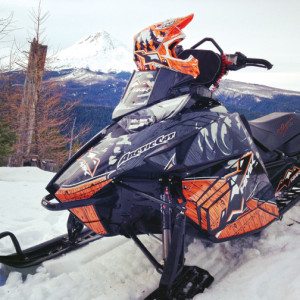
Dealing with the ups and downs of weather patterns, ever-increasing consumer demands and the cost pressures of its global manufacturing mean it takes a lot of nerve to place large material orders for the coming season.
“Sometimes when new product comes in and you’re unloading container after container, you’re like, ‘What have we done?”’ he said.
On the topic of the rival gear maker Klim’s surprising merger with Polaris, Zack said it’s a welcome sign for the future of the snow apparel market and his own company.
“I don’t know what Klim sold for, but if it’s a happy, healthy brand, which it must be if Polaris bought them, that’s positive news,” he said. “I think people want to hear positive news, instead of a brand closing or another company going out of business.”
Although nothing’s on the burner, he added that being bought out, as long as he could still be involved in the company, is conceptually appealing for the deeper pockets that would follow such a deal.
Whether Polaris will change Klim’s culture or products — as many have suspected but both companies vehemently deny — remains to be seen, Zack said, but he’s seen similar deals play out in other industries.
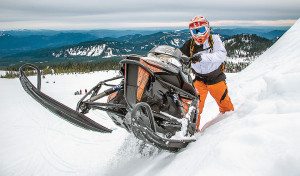
“I’ve worked with and worked alongside a lot of brands that tell everybody what they want to hear, but they still do what they want to do. That doesn’t mean that Polaris and Klim are going to be like that as well, but, boy, there are a lot of other examples when you’re told what you want to hear,” he said.
As for its own future, HMK is poised for more growth, and has many new areas of focus it hopes to tackle in short order.
“For HMK, I think the future’s bright,” Zack said. “We’re still a growing brand, there are still more products to be done, we’re still trying to change people’s minds that it’s OK to wear more than just black — it’s OK to be a little bit more vibrant.”

